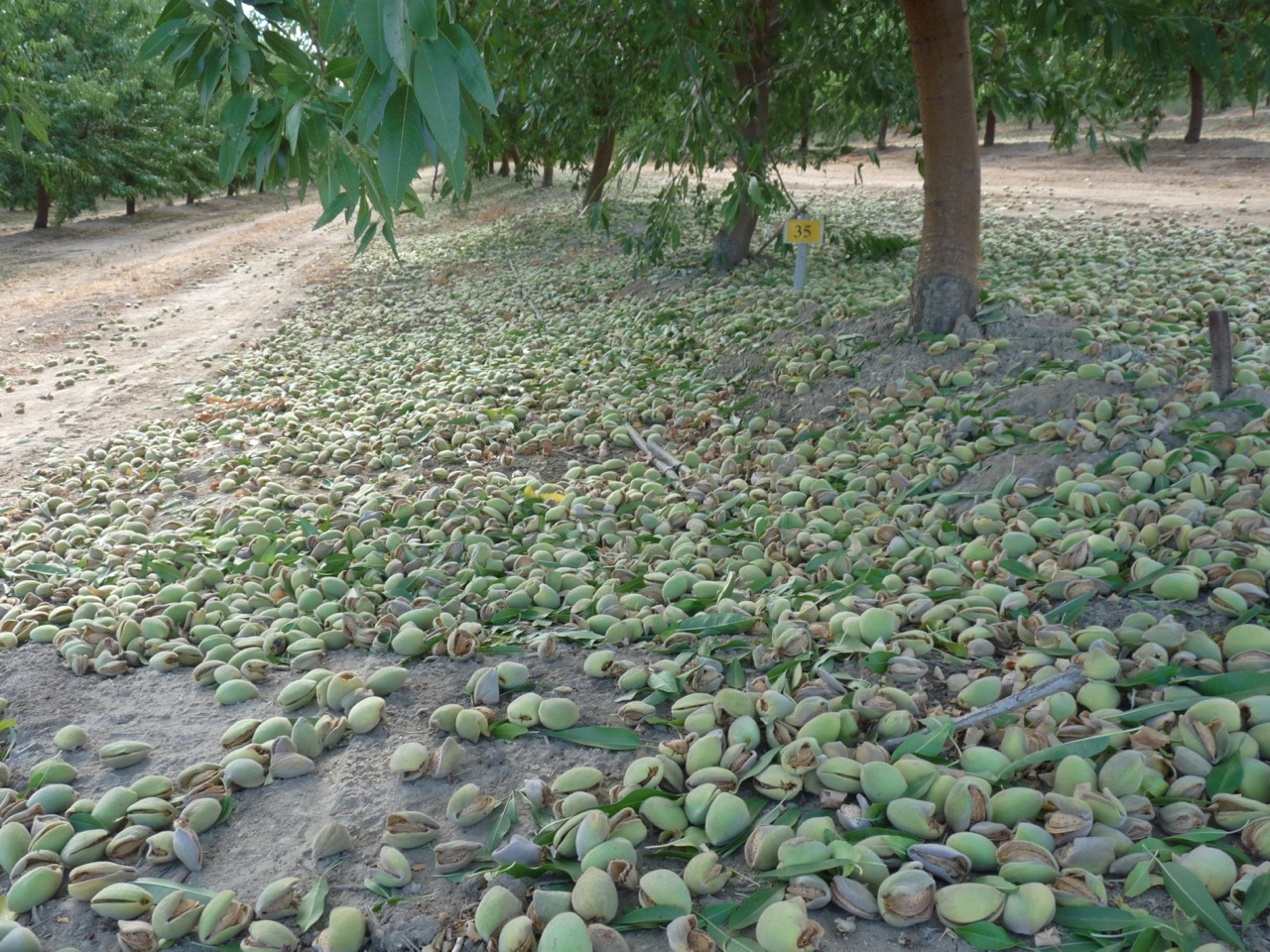Harlan Ranch Bulldozes Citrus Trees Due to No Water
Harlan Ranch Loses More than Just Trees
Shawn Stevenson is the Vice President of Harlan Ranch, a third-generation family-owned and operated farm located in Fresno County. He says this is the toughest time the ranch has experienced in its history.
Stevenson spoke as a bulldozer uprooted productive trees last week. “Once we finished pushing these trees, we’re going to be out about 400 acres of the 1200 acres that’s pushed. In addition, we have another 140 acres we’re just giving enough water to barely keep alive,” said Stevenson. “The balance of our crops are receiving 66 percent of their normal water. So no matter what kind of crop that is out here on Harlan Ranch this year, it’s a very tough year as far as water goes,” he added.
Stevenson explained that the lack of water isn’t just about crops, but the people involved as well.
“There’s not enough water. It impacts the trees. It impacts our employees. Earlier this year I had my first layoffs I ever done because of lack of work, and that’s because we are pushing out so many trees. About 30 percent of our employees were let go. That was the probably the most devastating time that I’ve faced here,” said Stevenson.
He added that this reaches far more than just his farm, that the drought permeates all aspects of the industry, not just growers.
Stevenson predicted that this coming season, he’ll produce and deliver to the packing house about 25 percent of the volume of citrus produced in the past year. “That impacts not only our employees but the packers at the packing house, the people who sell the fruit, and the people we buy pesticides and fertilizers from,” Stevenson added.
With drought reaching the majority of the state, with 58 percent of California at the highest drought-level, according to a U.S. Drought Monitor report, some farmers are thinking about the future of the industry in California.
“Now, I understand not all of Fresno and not all of California looks this bad, but imagine that we’re like the “canary in the coal mine”. This is what the future of California looks like. This kind of devastation that you see here is what our future looks like. If we continue to have no or little surface water deliveries, and as the groundwater situation continues to deteriorate. Without more surface water, without more water supplies, this is the future of the Central Valley,” said Stevenson.
“Several months ago, I looked back at what the worst case scenario would be and started making plans for that worst case scenario. And, the worst case scenario is about right on track. I don’t think a lot of people realize that is like a natural disaster, like Hurricane Katrina, or a wildfire or an earthquake, it’s just going to take a lot longer time to happen. It’s going to happen slowly—the devastation to our economy, to peoples’ lives, to whole communities,” he said.
Stevenson also mentioned communities such as Mendota and Orange Cove, which rely completely on the agriculture industry for employment, and added, “without work, this can leave entire cities in dire situations.”
“Our water infrastructure has been far out-stripped by the people in this state, so it’s time we update it and figure out how to get more water to more people in the state and try to preserve agriculture for our state, our country, and our world,” Stevenson said.

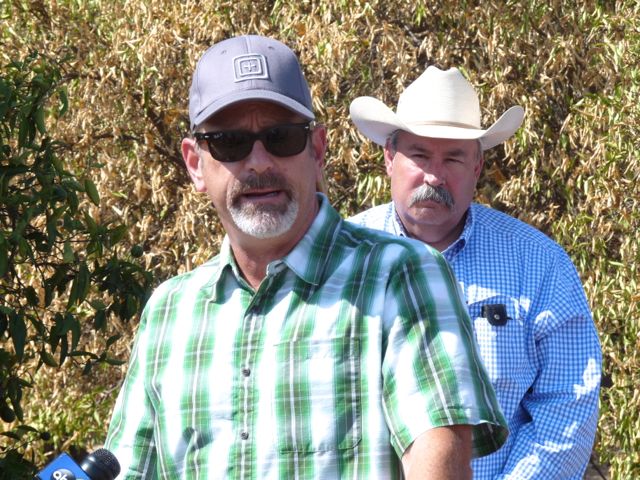
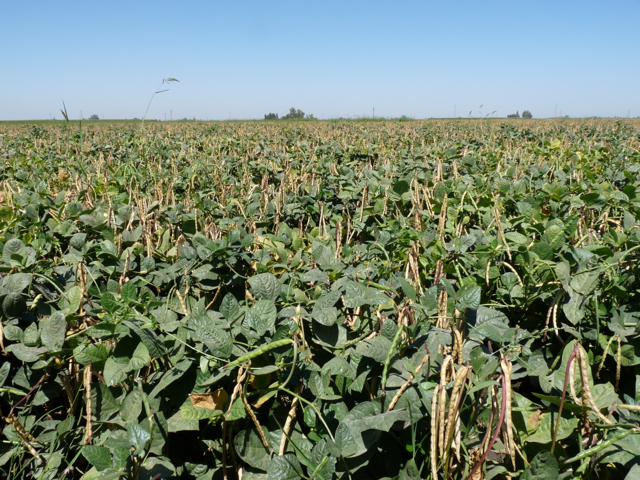
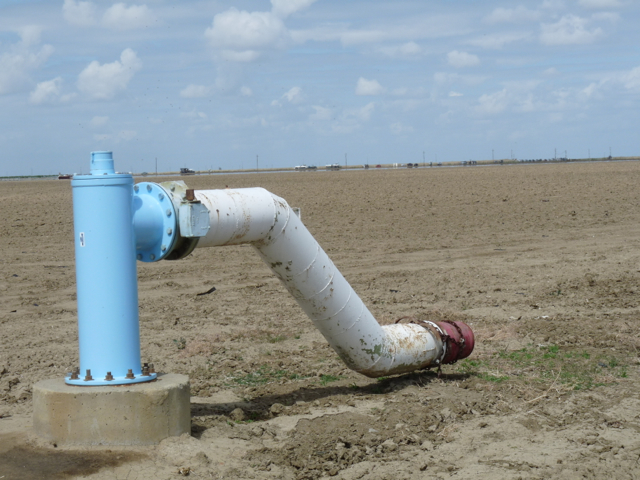
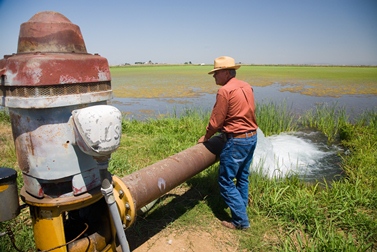

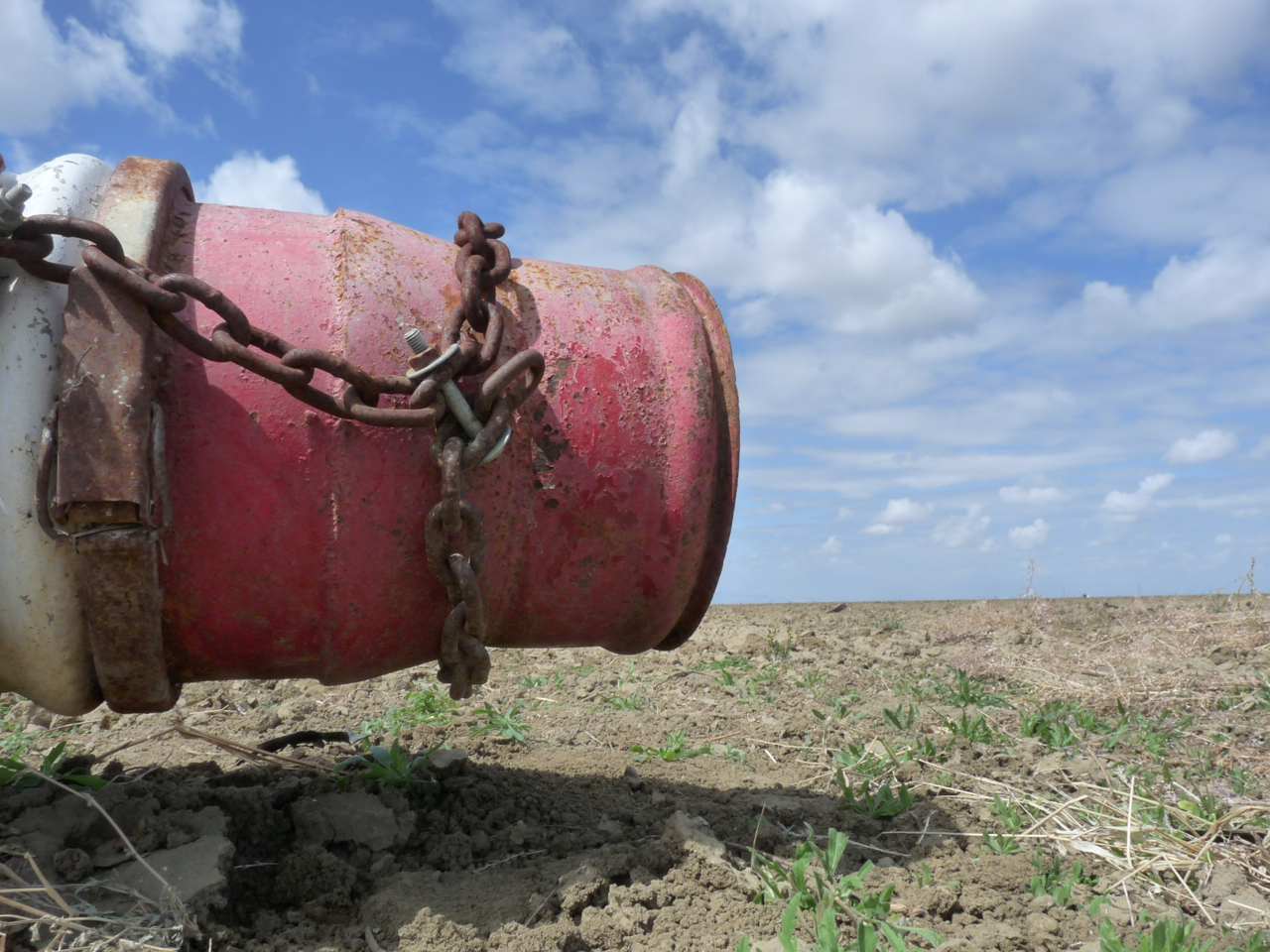




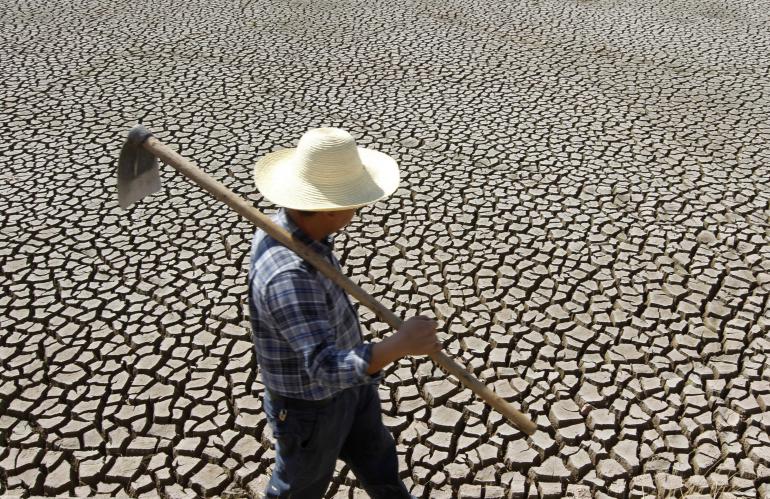

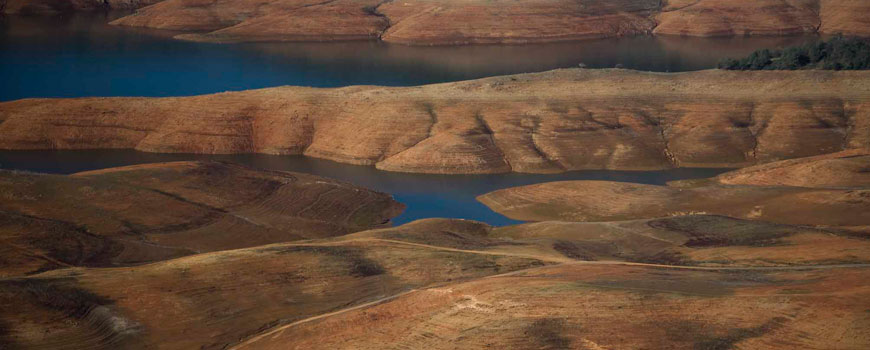
 Crop water stress detection and monitoring
Crop water stress detection and monitoring